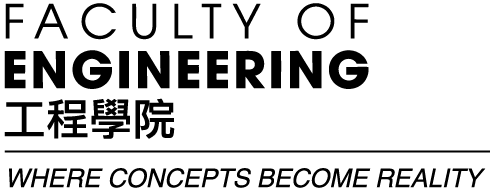Guest Speaker: Prof. HAN Wang
Full Professor, Beihang University
Jointly trained at Peking University and the University of Michigan, Prof. Wang Han obtained his Ph.D. degree in 2017. He was a Postdoctoral Research Associate (2017-2019) in the STFS institute at TU Darmstadt, Visiting Research Associate (2019) at CRF-Sandia National Labs, and Research Associate (2019-2020) at UNSW Sydney. Prior to joining Beihang University in 2022 as a full professor, he was a Lecturer in Computational Reactive Flows at the University of Edinburgh from 2020-2022. He won the prestigious German DAAD Fellowship in 2017, Bernard Lewis Fellowship from the Combustion Institute in 2018, UKRI-ARCHER2 pioneer award in 2020, and National Natural Science Fund for Excellent Young Scientists Fund Program (Overseas) in 2021.
High-fidelity modeling of soot emissions in gas-turbine combustors
Abstract:
Modelling of soot emissions in combustors remains a formidable challenge even with the large eddy simulation (LES) approach due to the complex multi-scale, multi-physics interaction. LES-based modelling involves three main components: (a) model for gas-phase chemistry, (b) model for soot particle dynamics, and (c) model for subfilter-scale turbulence-chemistry-particle interaction (TCP). The focus of this work is this latter aspect as several recent studies have shown that the description of the subfilter TCP is of primary importance in affecting predictability. To this end, a consistent LES/transported probability density function (TPDF) approach, which is combined with tabulated chemistry based on a radiation flamelet/progress variable (RFPV) approach, is developed to model the subfilter TCP interaction and include detailed chemistry effects. The augmented model is used to investigate soot formation and evolution in aeroengine combustors.












